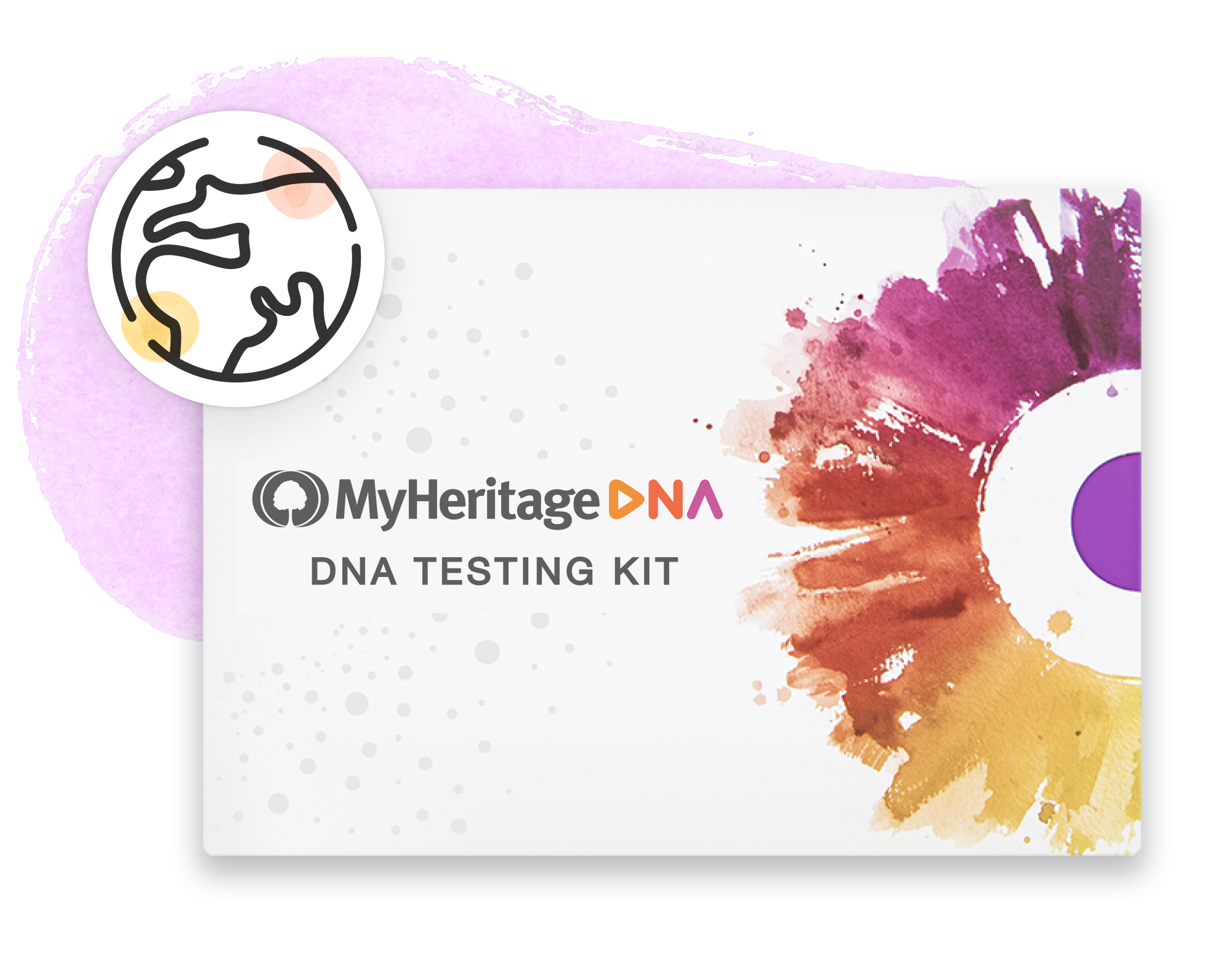A gene is a specific sequence of DNA in a specific place on our chromosomes that provides instructions to the cells of living beings, telling the body how to grow and function.[1][2] Genes can be thought of as blueprints or recipes for the building and maintenance of the body.[3] Approximately half of a person’s genes are inherited from the mother, while the other half is inherited from the father.[4] The hereditary nature of genes explains why children may resemble and share traits with their parents, grandparents, and ancestors.[5]
Genes contain codes instructing cells to produce proteins that are responsible for heritable traits or different metabolic functions.[6] In higher organisms, genes are located on chromosomes and are responsible for the transmission of traits from one generation to the next.[7] The term “gene,” coined by the Danish botanist, plant physiologist, and geneticist Wilhelm Johannsen in 1909, comes from the Greek words genesis (birth) or genos (origin).[2]
Research your ancestors on MyHeritage
Structure of genes
Genes are fragments of DNA that are composed of nucleotides (adenine (A), thymine (T), cytosine (C), and guanine (G)) arranged in a specific order.[8] These four types of nucleotides make hundreds of combinations of instructions for the creation, growth, and maintenance of an organism.[6]
Gene function and protein synthesis
Genes primarily serve as a template for creating proteins. Proteins are vital molecules that carry out a variety of tasks in cells, such as supporting the structure, enzymatic reactions, transporting chemicals, and controlling other genes.[9] Genes are responsible for determining the physical characteristics of living beings, such as eye color, hair color, and height.[10] They also play a role in the functioning of the different organs of the body as well as in the health of a living being. For example, some genes can make us more likely to have certain diseases or conditions.
Gene expression and regulation
In a cell or an organism, not all genes are always active or expressed. The process through which genetic information is utilized to create a useful gene product, such as a protein or RNA molecule, is called gene expression.[11] Since expression consumes limited resources, genes must be controlled; they are only expressed when the product is required.[12] A cell controls its gene expression based on its internal environment (such as cell division cycle, metabolism, or infection status), the external environment (such as available nutrients, temperature, and other stresses), and its specific role if it is part of a multicellular organism.[13] Any stage of gene expression can be controlled, including transcriptional start-up, RNA processing, and post-translational protein modification.
Genes and family history
Genes and family history research are intricately linked, with DNA testing playing a pivotal role in revealing ancestral connections. DNA carries inherited information that can reveal a wealth of insights about a person's origins and familial ties. DNA tests like MyHeritage DNA enable individuals to trace their lineage, identify relatives, and construct comprehensive family trees. By comparing genetic markers, variations, and mutations, researchers can establish connections that span generations and break down brick walls in their genealogy research.
Explore more about genes
- The MyHeritage DNA test
- Genealogy Glossary: Common Genealogy Terms Explained, article by Daniella Levy on the MyHeritage Knowledge Base
- DNA Basics, Chapter 3: DNA Expression from the MyHeritage Blog
References
- ↑ Minchin, S., & Lodge, J. (2019). "Understanding biochemistry: structure and function of nucleic acids." Essays in biochemistry, 63(4), 433-456
- ↑ 2.0 2.1 Gerstein M.B, Bruce C., Rozowsky J.S., Zheng D, Du J., Korbel J.O.et al (2007) "What is a gene, post-ENCODE? History and updated definition." Genome Res. 17, 669–681
- ↑ Roeder R.G. (2003) "The eukaryotic transcriptional machinery: complexities and mechanisms unforeseen." Nature Medicine 9, 1239–1244
- ↑ Jami, E. S., Hammerschlag, A. R., Bartels, M., & Middeldorp, C. M. (2021). "Parental characteristics and offspring mental health and related outcomes: A systematic review of genetically informative literature." Translational Psychiatry, 11(1), 197.
- ↑ Polderman, T. J. C. et al. "Meta-analysis of the heritability of human traits based on fifty years of twin studies." Nature Genetics 47, 702 (2015).
- ↑ 6.0 6.1 Orgogozo, V., Peluffo, A. E., & Morizot, B. (2016). "The 'Mendelian Gene' and the 'Molecular Gene': Two Relevant Concepts of Genetic Units." Current Topics in Developmental Biology, 119, 1-26
- ↑ Saenen, N.D., Martens, D.S., Neven, K.Y. et al. (2019). Air pollution-induced placental alterations: an interplay of oxidative stress, epigenetics, and the aging phenotype?. Clin Epigenet 11, 124
- ↑ Horowitz, N. H., Berg, P., Singer, M., Lederberg, J., Susman, M., Doebley, J., & Crow, J. F. (2004). "A Centennial: George W. Beadle, 1903–1989." Genetics, 166(1), 1-10
- ↑ Mills, C. L., Beuning, P. J., & Ondrechen, M. J. (2015). "Biochemical functional predictions for protein structures of unknown or uncertain function." Computational and Structural Biotechnology Journal, 13, 182-191
- ↑ Pośpiech E, Teisseyre P, Mielniczuk J, Branicki W. "Predicting Physical Appearance from DNA Data-Towards Genomic Solutions." Genes (Basel). 2022 Jan 10;13(1):121
- ↑ Volgin, D. V. (2014). Gene Expression: Analysis and Quantitation. Animal Biotechnology (pp. 307-325). Academic Press
- ↑ Nielsen, H. B., Almeida, M., Juncker, A. S., Rasmussen, S., Li, J., Sunagawa, S., ... & Ehrlich, S. D. (2014). "Identification and assembly of genomes and genetic elements in complex metagenomic samples without using reference genomes." Nature Biotechnology, 32(8), 822-828
- ↑ Balliu, B., Durrant, M., Goede, O. D., Abell, N., Li, X., Liu, B., ... & Montgomery, S. B. (2019). "Genetic regulation of gene expression and splicing during a 10-year period of human aging." Genome Biology, 20, 1-16


